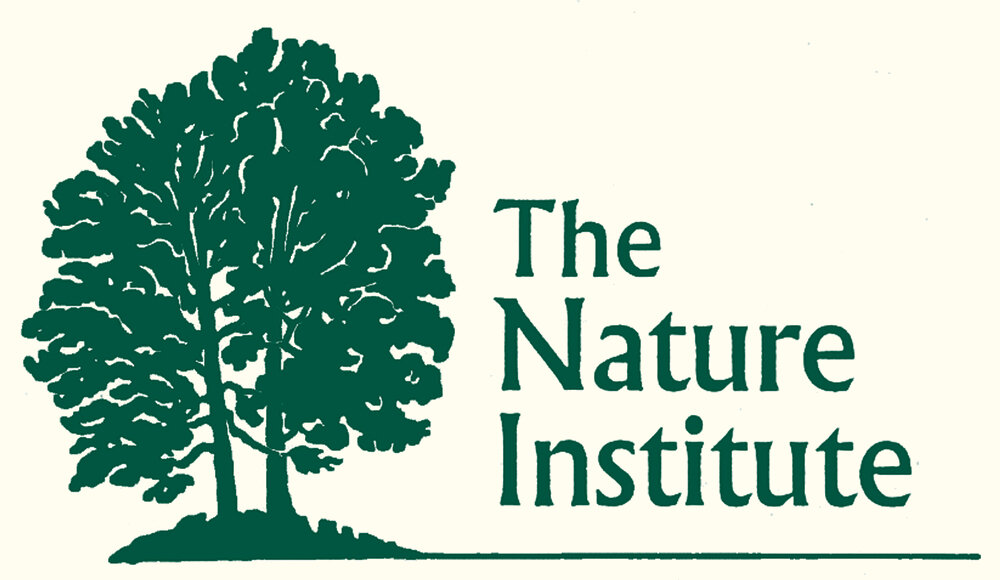The New Perennials Project
From In Context #44 (Fall, 2020) | View as PDF in News
Throughout this year the institute has continued its collaboration with the New Perennials Project of the Rockefeller Family Fund. This involves research into the characteristics of annual and perennial plants and questions concerning the long-term sustainability of agriculture. Craig has written an essay, “Annuality and Perenniality in Wild Plants: Developing Malleable Concepts” for The Perennial Turn: Contemporary Essays from the Field. Edited by Bill Vitek, the director of the New Perennials Project, this volume was published in October (newperennialspublishing.org).
Figure 1. Corn (maize) is unique among cereal plants (grains) for having separate flowers for stamens (pollen formation) and kernel formation.
In local field research for this project, Judith Madey and Craig have been comparing the growth dynamics and morphology of corn, a major crop that is an annual, with the qualities of alfalfa, another major crop that is a perennial. In the process, they were dazzled by the corn stalk and flowers in all their sublime intricacy. Here Craig shares a few observations and some photos of their work.
Figure 2. The stamen-bearing flowers in numerous slim branches (called tassels) grow at the top of the plant.
Figure 3. The cobs with their kernels develop in the axils of leaves in the middle of the plant.
Figure 4.
Early in their development, these two very different organs of the plant — the tassels and the cobs — look virtually the same (Figure 4). You could think that the germinal tassels would become a cob. This indicates an embryonic sameness that differentiates into polar forms over time.
Sometimes a plant will reveal the kinship of these parts in the mature plant by forming part tassels, part cob where normally only the tassels or cob would develop (Figure 5). Such anomalies — often considered malformations or monstrosities — are in fact revelatory of the underlying unity and wholeness of the plant.
Figure 5. The anomaly: part tassel, part cob.





